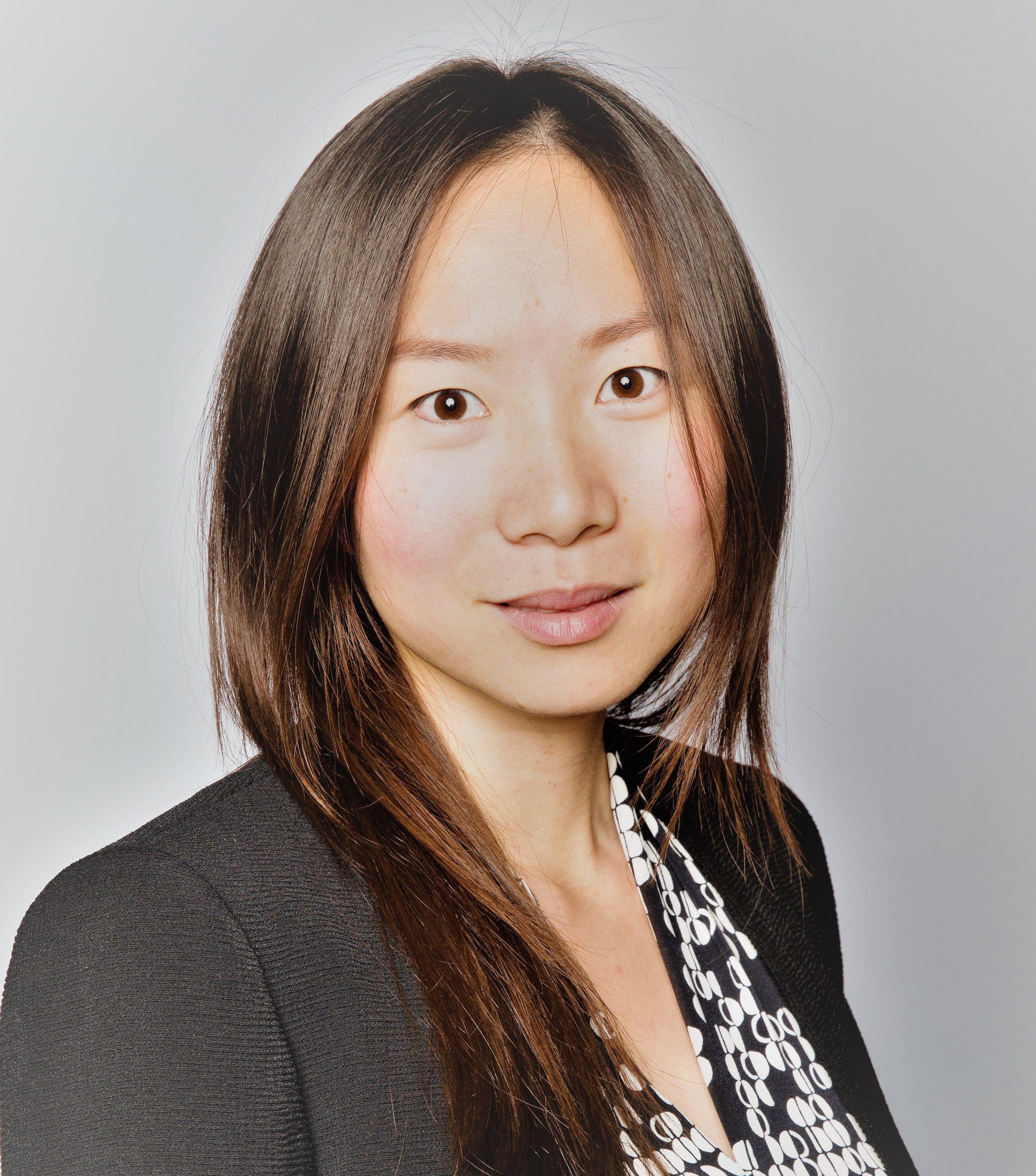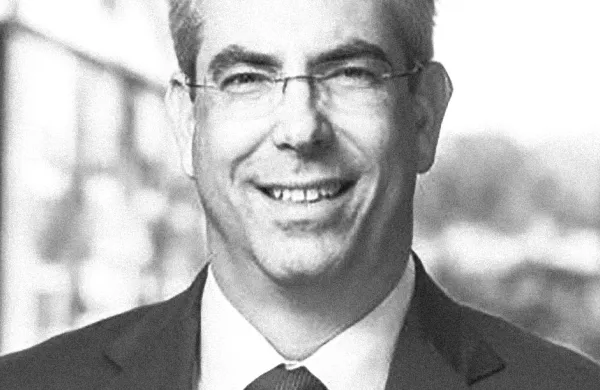Cecelia Chen is a recipient of the Next Gen Leaders Recognition.
As Director of Investments at Carnegie Corporation, Cecelia Chen earned her investing stripes across multi-national corporations, an international trading firm, a market-making quant firm, a defined benefit pension plan, and now a non-profit foundation. She received her BA in Economics from Yale, during which she also studied at Tsinghua on a fellowship and interned across three countries.
Cecelia began her career with hands-on business exposure at a leading vertically integrated physical commodities firm: In addition to trading futures and physical market arbitrages, she opened an Asian office, Quantitative Trader, overseeing logistics, quality control, and marketing personnel; this understanding of businesses behind the numbers led her to a quant firm where she developed and traded fifteen markets using statistical and event arbitrages, mean reversion, and VWAP strategies.
Seeking a broader view across markets, Cecelia transitioned to capital allocation, joining Seattle City ERS as part of a four-person team, where she led real assets and private equity for the next six years. In 2021, she joined Carnegie Corporation of New York’s $4.5 billion foundation where she leads private equity, real estate, and natural resources. As a member of Carnegie’s internal Investment Committee, Cecelia also weighs in on all parts of the portfolio including long/short equity, risk parity, and quant investments, bringing an absolute-return, risk-aware approach to portfolio construction.
The following has been edited for length and clarity.
 What aspect of your work or contribution are you proudest of, and what impact do you hope it will have on others?
What aspect of your work or contribution are you proudest of, and what impact do you hope it will have on others?
I have a really fun job of crafting a private markets portfolio across private equity and real assets, and it’s the ability to build a diversified portfolio not just by asset class, but by liquidity profile, cash flow dynamics, and sensitivity to macro factors that really motivate me.
During Covid, I gained support from our team and Board to increase exposure to our top natural resources managers, including via co-investments. We also expanded the number of themes: These and other differentiated distribution profiles not only kept our private markets portfolio self-funded but now gives us the dry power to lean into real estate and growth equity post sell-off. That optionality is critical: maintaining forward momentum when opportunities emerge and ensuring capital is always working, whether to compound returns or fuel grants that drive real impact.
What advice would you give someone who aspires to be in your role someday?
Take every opportunity to learn, whether through attending AI conferences, participating in VC pitch nights, walking the neighborhoods with developers, or speaking with the engineers on bus rides to the copper mines. I never knew what I didn’t know, until I heard it uttered casually.
What part of your portfolio are you most excited about?
The allocator’s edge is in structuring exposures that maximize alpha when opportunities break-out, while controlling for risks. I am most excited by managers whose returns have positive convexity to areas that are hardest to access – such as cell tower development as a proxy for increased data usage; copper as an underappreciated bottleneck in energy transition; and disciplined lower mid-market buyout firms targeting companies with entry EBITDA greater than $30 million whether in the U.S. or from families and entrepreneurs in the Nordics.
Private assets let us exploit structural inefficiencies, but the real value is in how pieces fit together, helped by portfolio construction tools that minimize unintentional exposures.
Who are your mentors, and how did you connect?
I attribute much of my success to the guidance and support of many mentors and community builders. Their influences have been pivotal in shaping my views on liquidity, correlations, and team building.
Jason Malinowski took a chance on me, helping me transition from direct investing to allocations. His teachings on modeling portfolios using factor models, stress testing, and scenario analysis have been crucial.
Alisa Mall and Donna Snider provided visible leadership and altruistic support, leading me to Mark Baumgartner. Mark welcomed me into a high-performing team that spawned peer mentors and promoted innovative thinking toward capital efficiency.
Lastly, I am fortunate to work with the insightful JM Consalvo, who infuses leadership with humility and investing with quantitative rigor. Each of these mentors has uniquely contributed to my growth, and I am profoundly thankful for their support.
What is your favorite hobby outside of work?
I discovered skiing later in life and it quickly became something I love. There’s something about being in the mountains, adjusting to ever-changing conditions, and finding the right rhythm that makes every run unique. It’s both freeing and technical, a constant balance between embracing the moment while fine-tuning and staying aware of what’s ahead.
This piece has been edited for length and clarity.
Market Intelligence Is Independent of the Institutional Investor Magazine Newsroom.





